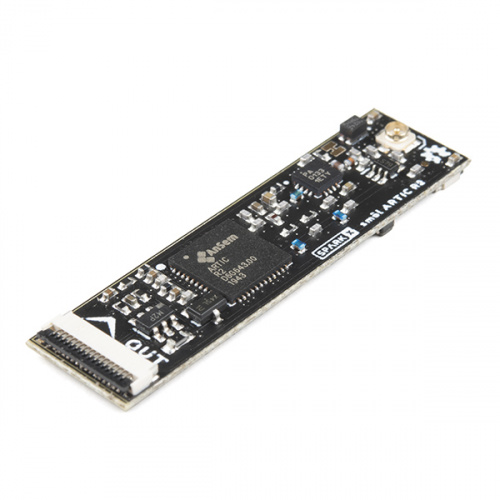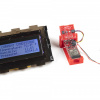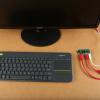The ARGOS satellite system has been around for quite a while. It was originally created in 1978 by the French Space Agency (CNES), the National Aeronautics and Space Administration (NASA) and the National Oceanic and Atmospheric Administration (NOAA) as a scientific tool for collecting and relaying meteorological and oceanographic data around the world. Today, ARGOS is revolutionizing satellite communication, adding a constellation of 25 nanosatellites to complement the six traditional satellites carrying ARGOS instrumentation. The first of these, ANGELS, is already in operation and SparkFun was among the first users to transmit data to ANGELS in October 2020. When the constellation is complete, there will be a maximum of 10-15 minutes between satellite passes.
If you've been interested to start using geospatial or SatSomm technology (specifically using the ARGOS satellite system), this guide provides background information about ARGOS and the ARTIC R2 satellite transceiver chipset!
ARGOS (ARTIC R2) Satellite Communication Guide
November 18, 2021
A guide describing the ARGOS satellite network - as used by our ARTIC R2 satellite communication products
It is important to point out that, at the time of writing, the ARGOS system is currently limited to programs which are related in some way or other to environmental protection, awareness or study, or to protecting human life. If your project qualifies, then the ARGOS satellite system and our ARTIC R2 products are the perfect solution. The ARGOS instrumentation on board the satellites is extremely sensitive, meaning that your equipment can transmit ARGOS-4 VLD at 100 mW and even lower, extending your battery life considerably. The power draw of our ARTIC R2 products is much lower than equivalent Iridium or Swarm products.
The ARGOS Satellite Transceiver Shield - ARTIC R2, is the biggest of the three and the easiest to get your fingers around. It has the same footprint as our Feather-compatible Thing Plus boards and is designed to stack directly on top of a Thing Plus for easy development. If you are looking for a board to allow you to get to know how ARGOS satellite communication works, just starting out on your product development, want a board you can plug into breadboard, or are not worried about making your tracking system as compact as possible, then this is the board for you.
IOTA - the Integrated Open source Transceiver for ARGOS - is ideal if you are ready to incorporate an ARGOS transceiver into your design. Its castellated pads can be reflowed or hand-soldered as required. It also has slots for an RF screening can, should your certification process require one. The antenna connection is available on both a castellated pad and a u.FL connector. You will find an Eagle symbol and footprint for IOTA in the SparkFun Eagle Libraries RF Library.
The smôl ARTIC R2 is the baby of the three, but it still packs the same punch as its larger siblings. If you are developing a compact dart for whale tracking, or a small backpack for avian tracking, or a very discrete satellite tracker, then the smôl ARTIC R2 is the one for you.











